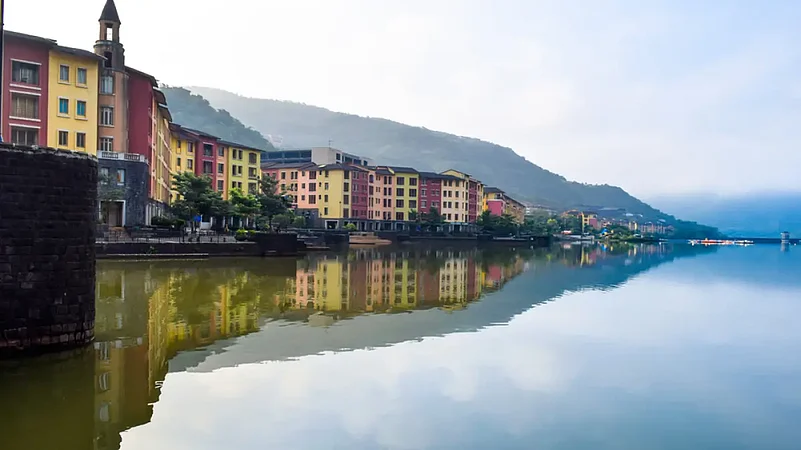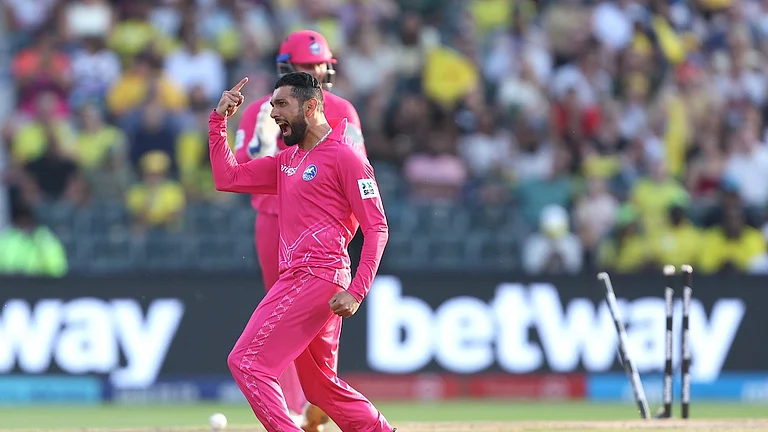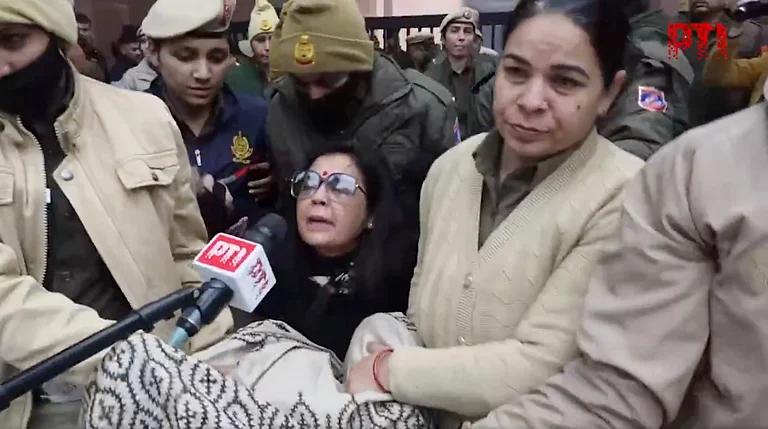In an attempt to democratise the city's water heritage, to preserve the city's unique 'water legacy' through art, poetry, films, heritage walks, plays, and other means, and as an endeavour to honour our fluid, expansive natural resource – Living Waters Museum and the Centre for Water Research and IISER, Pune are hosting their first-ever collaborative virtual exhibition called “Punyache Paani”, which translates to ‘Stories of Pune Waters’.
Pune has several rivers flowing through the city – Mula, Mutha, Pavana, Ram, Bhima, Nira, Ghod and Dev. These rivers, bridges, dams, and water pipelines have seen the town transition into a city and have many stories to tell since time immemorial. They provide a picture of the city’s past, evolution and present, the centre of focus in the virtual exhibit Punyache Paani. Taking place from 27 March to 2 April, the exhibition, through the stories of water bodies, seeks to encourage people to consider rivers not just from a utilitarian point of view but also from an interdisciplinary perspective so that their actions are guided by a better understanding of the water bodies' history, legacy, and cultural aspects.
Dr Chhavi Mathur and Dr Sara Ahmed co-curated the bilingual exhibition in English and Marathi. They ensured that the exhibition uses interactive and engaging content to explore water via an interdisciplinary lens attuned to the numerous challenges we face and the need to establish holistic and ethical water stewardship. The exhibit "Podhis to Pipes - Transforming Waters of Pune" follows the city's water history through traditional and modern water systems. In Buddhist temples near Pune, Podhis are rock-cut cisterns excavated to collect rainwater and groundwater. Mathur, a freelance ecologist, and Manas Marathe, a PVP College of Architecture teaching member, created this exhibition. By tracking the water in Pune throughout time, they found that the access to Pune’s water can be divided into three kinds: collected water, flowing water, and piped water. They saw that access has changed over time in each of these three. However, they don't coexist, and their prominence keeps shifting throughout time.
On the first day, the online exhibition will be complemented by offline events, beginning with heritage walks by the NGO Jeevitnadi and the Centre of Environment Education along the Mutha river and Pashan lake. A movie screening and performing arts on the theme of water and panel discussions on the city's water legacy and cultural and livelihood traditions will be held. The exhibition will also emphasise water narratives that discuss the city's relationship with floods, how waterways above and below ground are related, the courses of rivers and confluences in Pune.
The exhibition takes place at an important time in the city, as environmentalists oppose the Mula-Mutha Riverfront Development Project, which the Pune Municipal Corporation just approved. They are concerned that it will influence the biodiversity of the rivers' surroundings. The virtual exhibit, according to Mathur, would assist locals to comprehend the city's water bodies and how development affects them.





















